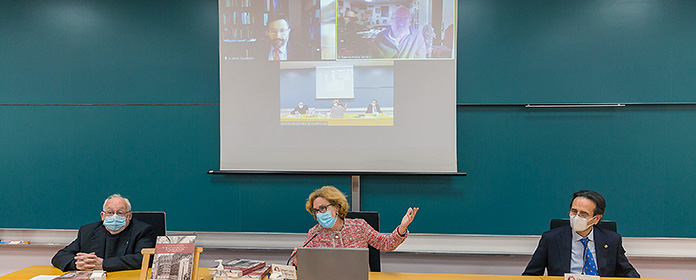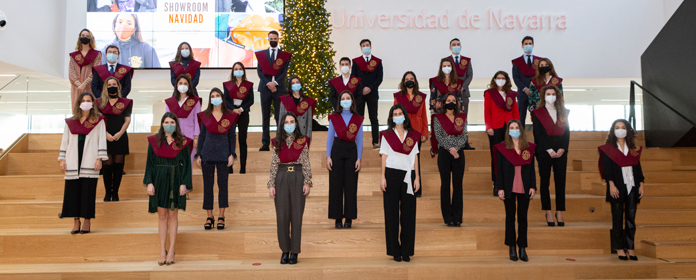A research work explains how the first mental structures are built after birth
One of the main cognitive psychologists in the world publishes an article in a Cambridge journal together with a researcher from the University of Navarra
One of the principal cognitive psychologists in the world, together with a researcher from the Institute for Culture and Society (ICS) at the University of Navarra, explains how the first mental structures are built in the months after birth. The research work carried out by both Jean Mandler, a professor at the University of California (San Diego), and Cristóbal Pagán, linguist of the Public Discourse Project of ICS, has been published in Language and Cognition, a high impact magazine belonging to the Cambridge University Press.
As the authors say, the spatial cognition is the key process of the formation of concepts in the earliest stages of life: "The newborn can cater to movements and other spatial relationships that serve as a basis for more complex conceptualizations, such as time or emotions." They then add that these early habits may still be present even in the most complex aspects of language.
More specifically, they focus on interpretations of the events that children observe and in which they partake during the first six or seven months of life. "There are is no data showing children have concepts of inner feelings during this period. They experience some of them, such as the force that moves them, pain and emotion, but no one has explained how they are conceptually represented in the first few months", they say.
The doctors propose three different types of cognitive structures that they include under the generic term 'image schemas', and which have still not been differentiated in the scientific literature. This involves the spatial primitives, the first conceptual elements formed in childhood; Image schemes, simple spatial stories constructed from the first conceptual elements; and the schematic integrations that use the first two elements to build concepts that include non-spatial elements, such as strength and emotion.
Examples of the early appearance of the use of image schemesAs examples of the early appearance of the use of image schemes, the experts mentioned how children under one year of age imitate the wink of an eye, the opening and closing of the hand and mouth, and subsequently, the game known as "peekaboo", consisting in hiding one's face with a pillow or with one's hands and then popping back into view. They also cite the results of some experiments, such as how 9-12 month-old children tend to look at an upward-facing arrow when hearing ascending tones and at a downward-facing arrow when hearing descending tones, or watching a dotted line instead of a solid line when they hear beeps (beep–beep -beep).
"Before the verbal activity starts, a rich system of conceptual structures and cognitive habits already exists", they emphasize. "Language and culture are built on this system: they strengthen and change it, sometimes dramatically, but they are also influenced by it."
The doctors of San Diego and of the ICS believe that "to be able to understand metaphors, corporal cognition (embodiment) and the creation of new concepts in general, it is necessary to understand these phenomena as part of a story, a narrative that reveals human development from the moment of birth itself."




